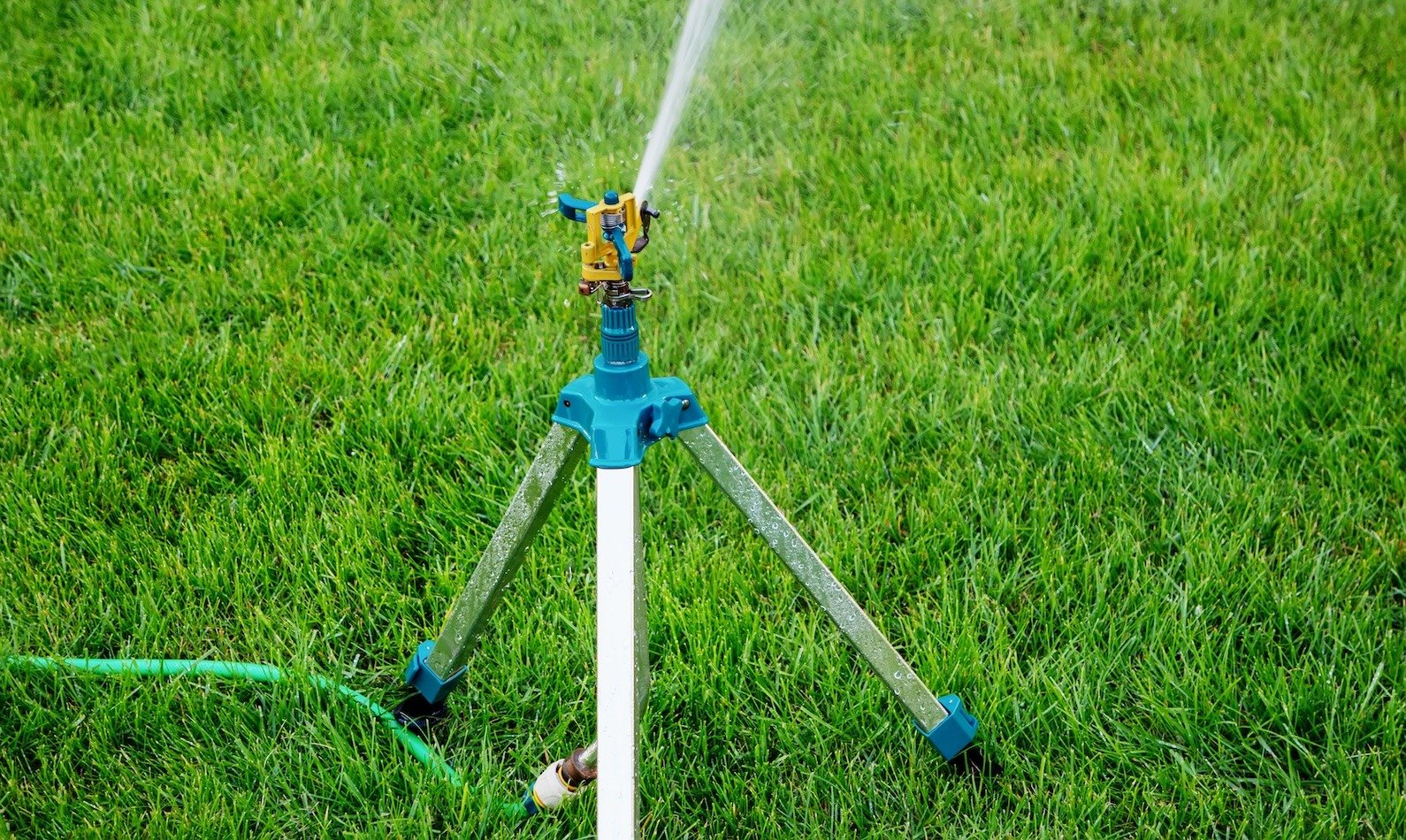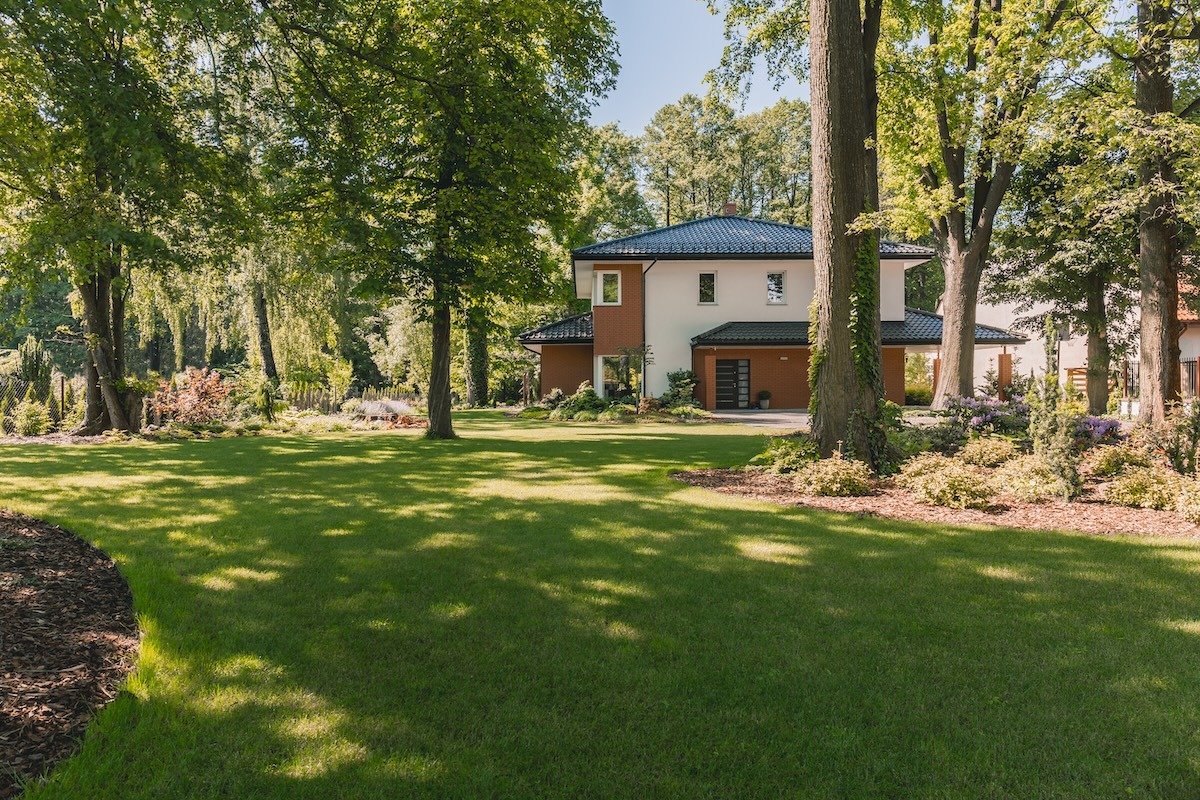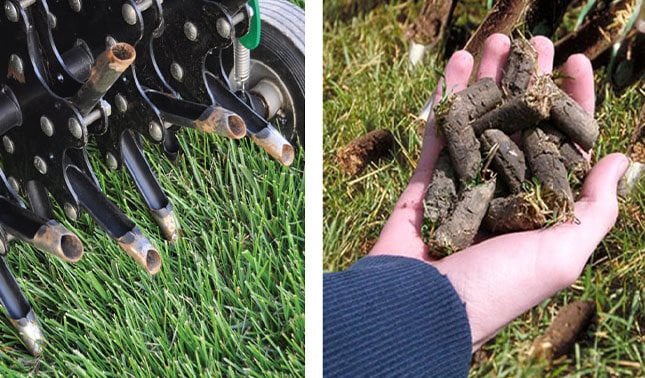Fall Lawn Watering: How Much Does It Need?
As the temperatures cool and the days get shorter, many homeowners assume that lawn watering is no longer necessary. After all, summer’s blazing sun...

Believe it or not, there is a right way to water your lawn—and it varies depending on the type of turf you have. Tailoring your watering schedule to your grass type not only promotes a healthier, greener lawn, but also helps you save on your water bill. Below is our recommended watering guide for both cool-season and warm-season grasses.
LAWN HACK: Place an empty tuna can in your yard while watering to track how much water your lawn is actually getting. Once it fills to the desired depth, you know you’ve watered enough!
Skip to your type of grass:
Cool-season grasses like Tall Fescue thrive in the spring and fall but struggle during hot summer months. On average, Fescue lawns can lose 30–40% of turf due to heat stress, improper mowing, and—you guessed it—watering mistakes.
Between 2 AM and 6 AM
Watering in the early morning reduces evaporation loss and prevents sunlight from magnifying through water droplets and scorching the blades. Midday watering = wasted water and stressed grass.
3–4 days per week
Established Fescue lawns prefer deeper, less frequent watering. This encourages the roots to grow deeper and strengthens your lawn’s resilience during heatwaves.
1" to 2" total
Water deeply to encourage healthy root development and a denser lawn. Divide this amount across your 3–4 watering days. Use your tuna can to measure how long it takes to reach your target depth in each zone.
Approx. 30 minutes
This gives water enough time to soak into the soil, rather than running off. Shallow watering only encourages shallow roots—and that’s a fast track to a patchy, stressed lawn.
Tip: Don’t forget to factor in rainfall! If you’ve had a storm roll through, you might be able to skip a watering session.
Warm-season grasses are summer lovers. While Bermuda goes completely dormant in the winter, Zoysia and St. Augustine may stay semi-active depending on your region. These grasses thrive in heat but still need consistent, smart watering to look their best.
Between 2 AM and 6 AM
Same rule applies: avoid evaporation and sun-scalding by watering early. It also helps reduce the risk of disease that can thrive in wet, humid evening conditions.
2–3 days per week
Again, deeper, less frequent watering is better. Daily watering may feel right, but it creates weak, shallow roots. Strong roots = better drought tolerance and turf density.
1" to 1.5" total
Warm-season grasses typically require slightly less water than Fescue. Spread your total amount across your chosen watering days. Use the tuna can trick to time each zone appropriately.
Approx. 30 minutes
Same reason here: deeper watering leads to deeper root systems. If you water for too short a time, the moisture stays near the surface—and so do the roots.
Reminder: Rain counts too! Don’t overwater just because it’s on the schedule—check your local rainfall totals before turning on the sprinklers.
Avoid watering in the evening, which can increase the risk of fungal diseases.
Adjust seasonally—your lawn’s needs will change throughout the year.
Don’t overwater—too much moisture can be just as harmful as too little, especially in humid climates.
A healthy lawn starts with smart watering. Follow these guidelines, and your turf—whether it’s cool-season or warm-season—will thank you with lush, green growth all summer long.
Questions? Don't hesitate to reach out to us—we are happy to help!

As the temperatures cool and the days get shorter, many homeowners assume that lawn watering is no longer necessary. After all, summer’s blazing sun...

Healthy lawns depend on the right balance of water, fertilizer, and weed control. When you understand how watering, equipment, temperature, and...

If you want a healthier, stronger lawn, aeration is a must! But when it comes to choosing core aeration or aeration and seeding, the right choice...